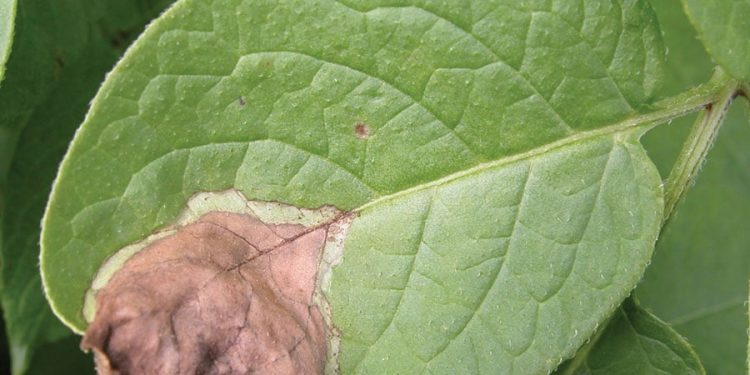Late blight is a devastating disease that affects many crops, including tomatoes and potatoes. This article will provide an overview of the disease, its impact on crops, and methods for controlling and preventing its spread. It is an essential guide for farmers, agronomists, agricultural engineers, farm owners, and scientists who work in agriculture.
Late blight is a fungal disease that can cause significant damage to crops, particularly potatoes and tomatoes. According to the latest data from the United States Department of Agriculture (USDA), late blight can lead to yield losses of up to 100 percent if left untreated. This disease spreads quickly and can be difficult to control, making prevention and early detection critical.
One of the most effective ways to prevent the spread of late blight is to use resistant varieties of crops. Many varieties of potatoes and tomatoes have been developed that are resistant to the disease, and farmers should prioritize planting these varieties. Additionally, farmers should regularly inspect their crops for signs of the disease and remove any infected plants as soon as possible to prevent the spread of spores.
There are also several chemical control methods that can be used to manage late blight. Fungicides, such as chlorothalonil, mancozeb, and azoxystrobin, can be applied to crops to prevent the spread of the disease. However, it is important to note that these chemicals can have negative effects on the environment and should be used sparingly and in accordance with local regulations.
In conclusion, late blight is a serious threat to potato and tomato crops and can cause significant economic losses for farmers. Preventing the spread of the disease through the use of resistant varieties, early detection, and appropriate chemical control methods is essential for maintaining crop health and ensuring food security.








